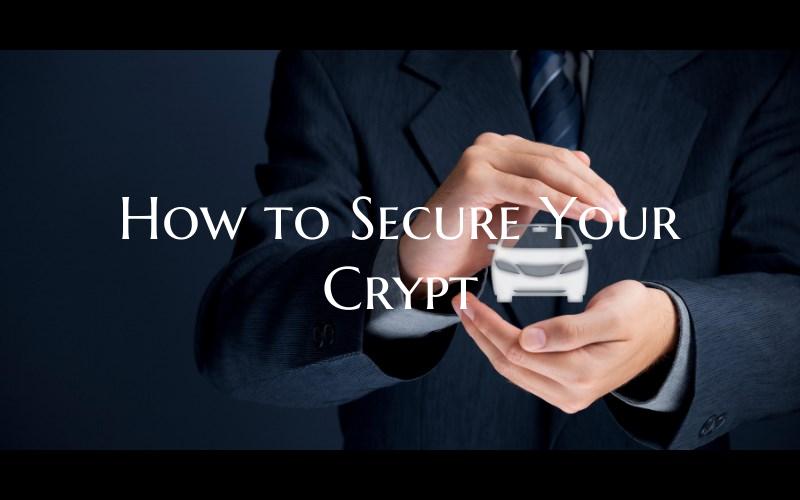How to Secure Your Crypt
In the digital age, securing your crypt or cryptocurrency holdings is paramount to safeguarding your assets from cyber threats and unauthorized access. Cryptocurrencies are highly valued and sought after by cybercriminals, making it essential for individuals to implement robust security measures. By following a few key steps, you can enhance the security of your crypt and have peace of mind knowing that your investments are well protected.
1. Use a Secure Wallet: One of the most fundamental steps in securing your crypt is using a secure wallet. Hardware wallets, such as Ledger or Trezor, offer enhanced security by keeping your private keys offline and protected from potential hacks. Avoid storing large amounts of cryptocurrency on exchange wallets and opt for cold storage solutions for long-term holdings.
2. Enable Two-Factor Authentication: Utilize two-factor authentication (2FA) for all your cryptocurrency accounts and wallets. By requiring an additional verification step beyond a password, 2FA adds an extra layer of protection against unauthorized access, even if your password is compromised.
3. Regularly Update Software: Ensure that your operating systems, wallets, and security software are regularly updated with the latest patches and security fixes. Outdated software may contain vulnerabilities that hackers can exploit, compromising the security of your crypt.
4. Practice Good Password Hygiene: Use unique, complex passwords for each of your cryptocurrency accounts and wallets. Avoid using easily guessable passwords or reusing passwords across multiple platforms. Consider using a password manager to securely store and manage your passwords.
5. Beware of Phishing Attacks: Be cautious of phishing attacks that attempt to trick you into divulging sensitive information such as login credentials or private keys. Verify the authenticity of websites and emails before providing any personal information and never click on suspicious links or download attachments from unknown sources.
6. Keep Your Private Keys Secure: Your private keys are the gateway to accessing and managing your crypt. Keep them secure and never share them with anyone. Consider using secure storage solutions such as hardware wallets or encrypted USB drives to store your private keys offline.
7. Backup Your Data: Regularly backup your cryptocurrency wallet data and private keys in secure and encrypted locations. In the event of a hardware failure or loss, having backup copies of your data will ensure that you can recover your crypt without any undue stress.
By following these essential security practices, you can significantly reduce the risk of unauthorized access and protect your crypt from potential threats. Remember that securing your crypt is an ongoing process that requires vigilance and proactive measures to stay one step ahead of cybercriminals. Prioritize security, stay informed about the latest threats, and take the necessary steps to safeguard your cryptocurrency investments.
